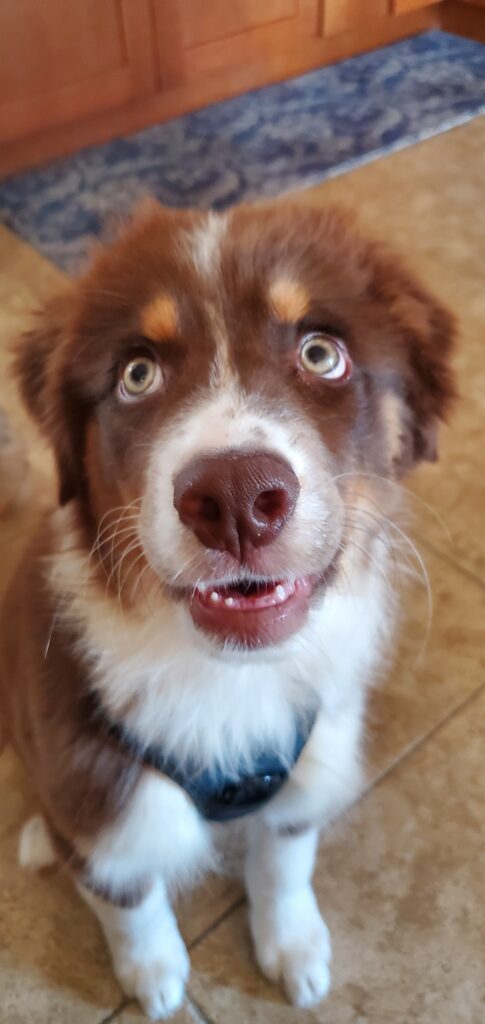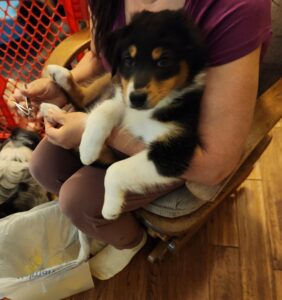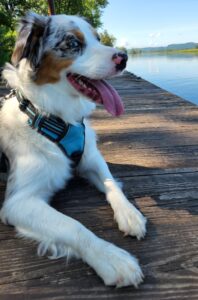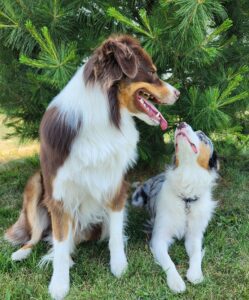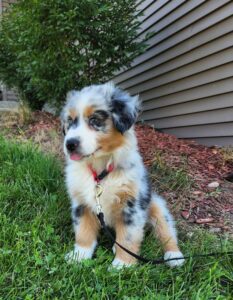Is the Puppy Tooth Fairy Real?
Absolutely! They visit when your puppy is fast asleep and leave a treat behind for your pup to enjoy. What does the puppy tooth fairy do with the teeth? They have many creative options for decorating their home and themselves. They can make necklaces, earrings, brooches, or bracelets. They might outline their garden, create wind chimes, use them for pathways, or glue them together to make a bird bath. Indoors, they can store the teeth in cute jars, create candle holders, or make placemats. Puppy teeth are a beautiful white, and since puppies don’t keep them for long, they never have cavities!
Special Containers
The puppy tooth fairy saves the most excellent puppy teeth in special containers. You can find some homemade ones on Etsy, or if you have pretty perfume bottles like mine, they make great places to store the precious teeth you want to keep.
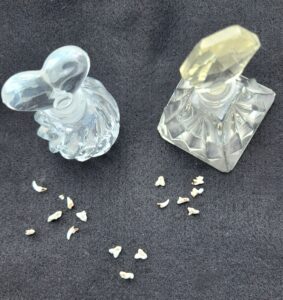
Toothless Beginnings
Puppies are born without teeth because they feed on their mother’s milk and don’t need them initially. Even though they’re toothless at birth, their baby teeth and adult teeth are already developing within their jaws.
Eruption of Baby Teeth
The baby teeth, also known as deciduous or milk teeth, start to erupt around three weeks old. This is also when puppies can begin eating solid food in addition to nursing. The incisors (front teeth) and canines (fang teeth) erupt first, followed by the premolars (chewing teeth). Puppies continue to erupt teeth over the next three to five weeks until they’re about six to eight weeks old, when their mouths are filled with 28 pearly white baby teeth.
Losing Baby Teeth
Puppy baby teeth don’t last long. Most start to lose their teeth around four months old for medium-sized breeds. The first teeth to fall out are the incisors, with adult teeth pushing through the gums to take their place. Many teeth are swallowed, so don’t worry if you don’t find them. Puppies continue to lose baby teeth and erupt adult teeth until they’re about six months old.
Eruption of Adult Teeth
The incisors and canines erupt first, around two to five months. The premolars follow when a puppy is four to six months old. The adult molars grow in last, at five to seven months of age. While puppies have 28 teeth, adult dogs have 42 teeth.
Exploring with Their Mouths
It’s normal for puppies to start exploring the world with their mouths when they’re three to seven months old. This developmental stage aligns with their teething timeline, making it difficult to determine whether your puppy’s gnawing is due to pain or curiosity.
Teething and Behavior
Teething pain may cause your puppy to become more mouthy or destructive. This is a temporary phase, and puppies need redirection to appropriate chewing options, such as teething toys.
Helpful Tips
I love toys that you can freeze, as they provide soothing relief for teething puppies. You can also freeze appropriate fruits or vegetables for them to chew on.

